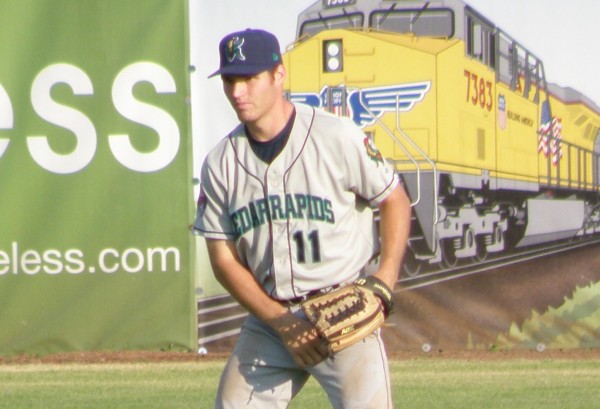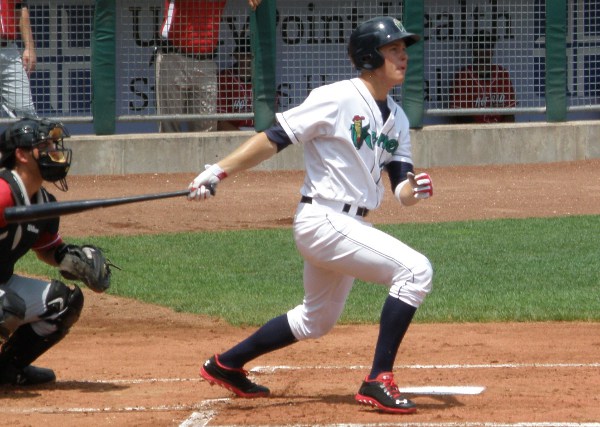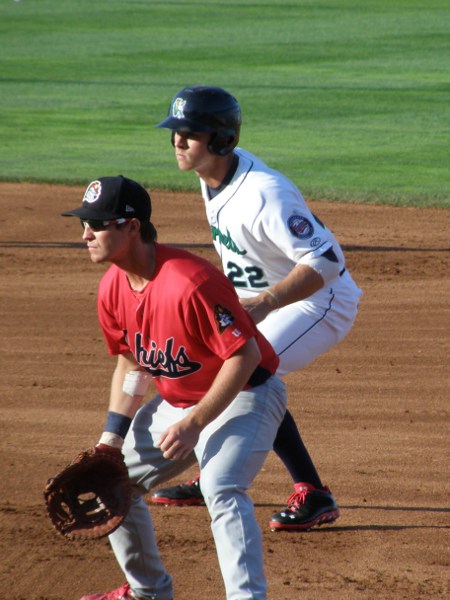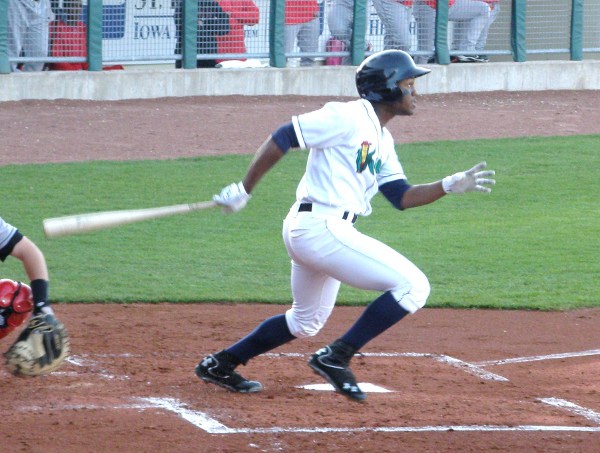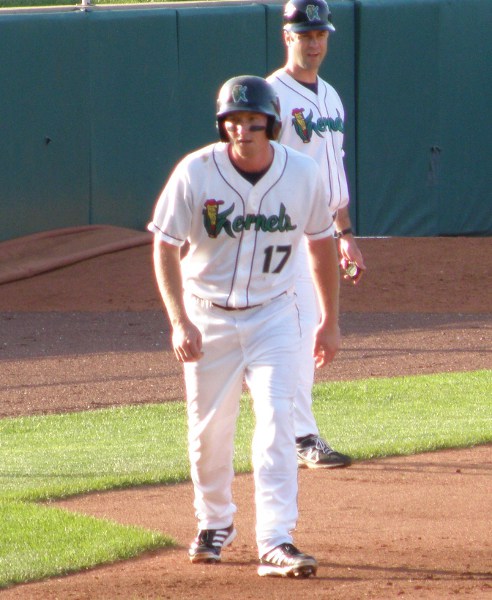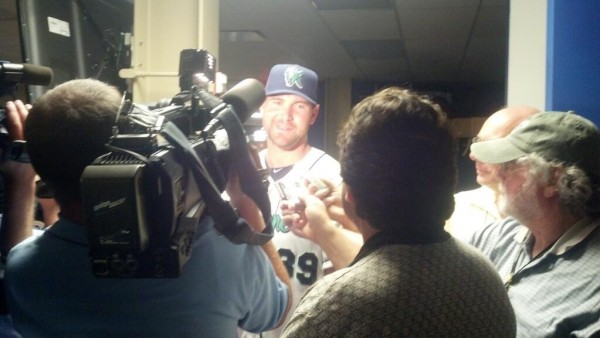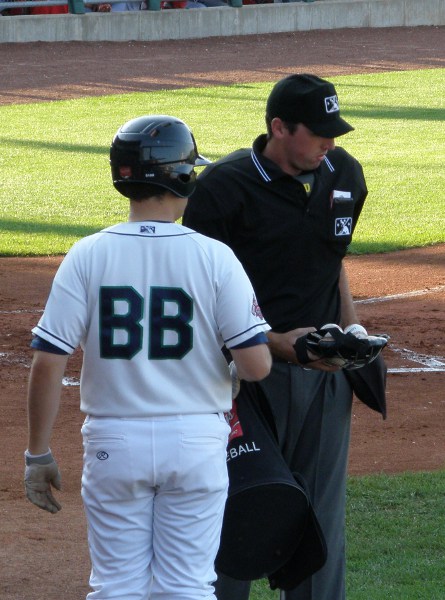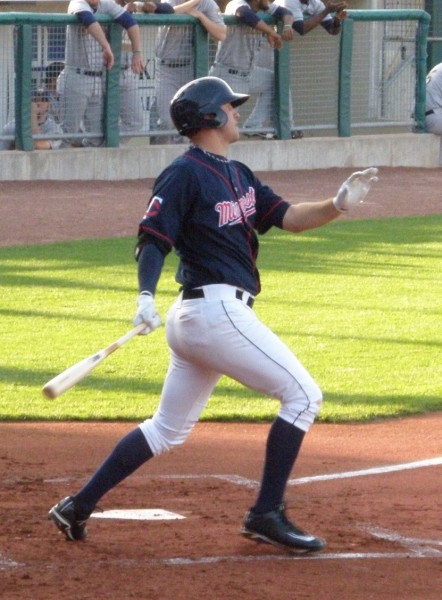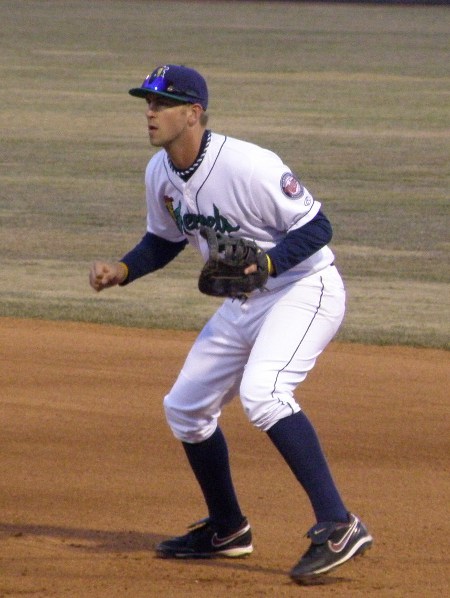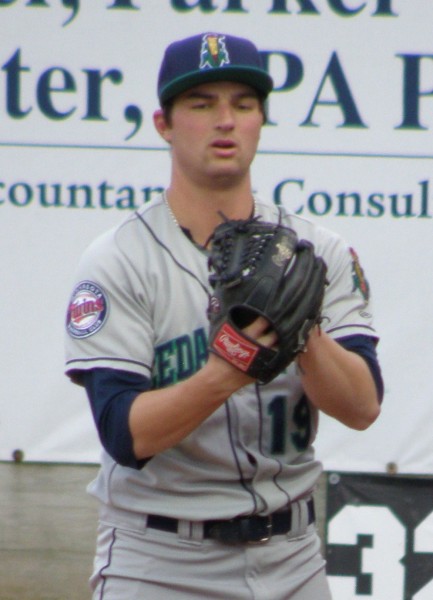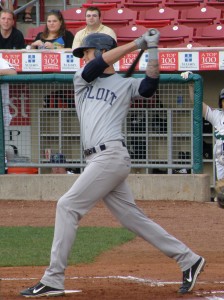It’s pretty hard to imagine this baseball season getting off to a better start, isn’t it? I mean, even the most optimistic of us probably wouldn’t have predicted a .789 winning percentage through the first week of games! This looks like it could be a fun summer of baseball!
What’s that? You say the Twins are languishing with a 1-6 record? Who cares? I’m talking about their full-season minor league affiliates! That’s where the action (and literally ALL of the fun) is!
The AAA Rochester Red Wings are 3-1.
The newest Twins affiliate, the AA-level Chattanooga Lookouts (with arguably one of the most loaded rosters in all of minor league baseball) are sitting at 4-1.
The Class A Advanced Fort Myers Miracle are 3-2 (pending the outcome of their Tuesday game – what’s up with these morning start times, anyway?).
And last, but certainly not least, the Class A Cedar Rapids Kernels are still on pace to be a perfect 140-0 at the end of the year after winning their first five games of the season.
That means that the four minor league affiliates, combined, are 15-4 through Monday night and have lost two fewer games than the Twins have managed to drop all by themselves.
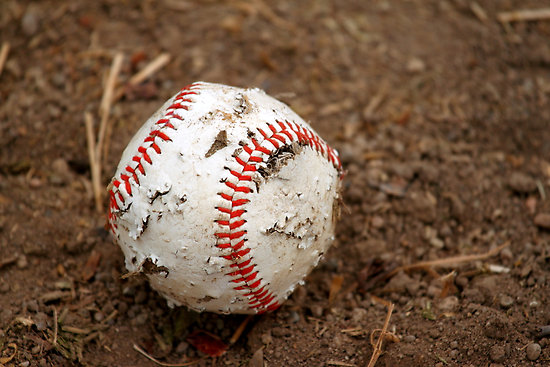
Of course, it’s early. You don’t want to read too much in to the small sample size of a week’s worth of games. After all, will even the Twins continue losing at their current pace to finish the year with a 27-135 record? Of course they won’t. Well – probably not, anyway.
But while those of you who insist on following only the big leaguers continue to wonder why you’re paying big league prices to watch what even Torii Hunter has admitted to essentially being “Bad News Bears” baseball, here’s a small sample of what you’ve been missing on the farm:
- The Red Wings have three guys, all deemed by Twins management to be unworthy of a spot with the Twins, with an OPS over 1.000. Two of them, Danny Ortiz and Aaron Hicks, would likely improve the Twins’ outfield defense if they weren’t wearing Rochester uniforms. The third, Josmil Pinto, probably deserves an entire post dedicated to discussing why he should or shouldn’t be in Minnesota.
- The consensus top two Twins prospects, Byron Buxton and Miguel Sano, both are in the Lookouts’ everyday lineup, so it’s not surprising that Chattanooga also has three guys with above-1.000 OPS numbers. Then again, none of those three guys are named Buxton or Sano. Stephen Wickens, DJ Hicks and Travis Harrison are bringing the lumber, so far, for the Lookouts. They aren’t the only productive hitters, however. That lineup is stacked, as expected. Their TEAM OPS is .829. Oh, and their pitchers are striking out almost 1.3 batters per inning, too.
- Niko Goodrum is a .400 hitter, going in to Tuesday’s game, for the Miracle, who also had two starting pitchers, Aaron Slegers and Ryan Eades, who each tossed six shutout innings in their initial starts of the season.
- No less than five Kernels hitters have put up 1.000+ OPS numbers through the first five games. As a TEAM, the Kernels have put up a .316/.380/.471 (.851 OPS) slash line. That Midwest League-leading team batting average is a full 47 points over the next highest team in the league. Not to be outdone, the pitching staff has put up a 1.80 ERA, so far, and have struck out 57 batters in a combined 45 innings of work.
Conversely, the Twins have put up a team OPS of .530 on the season, which is the worst in Major League Baseball. Their team ERA is 6.52, which is also dead last among the 30 big league teams. Not coincidentally, their 35 staff strikeouts is also good for dead last.
All of this might be more understandable if the Twins had made clear that, for the good of the franchise, they were going to punt on 2015 – that the plan would be to plug journeymen “replacement level” players in to fill every perceived gap in their big league roster, in order to give their much-heralded minor league prospects more time to become adequately seasoned on the farm.
But that’s not what they did. Every public comment from everyone in the organization from the end of 2014’s fourth consecutive 90+ loss season through the final days of spring training expressed the company line that they were expecting significant improvement this season.
That’s not really surprising. Twins fans generally hear that refrain every offseason.
The truth is that the Twins have been hoping that fans would be patient, because there really is a ton of young talent approaching the Major League team’s doorstep. From the sounds coming from Target Field on Monday, it seems that ‘patient’ is not exactly what much of the fan base is feeling.
I don’t think it had to be this way.
Back in early October, I wrote that I thought it was time for the Twins to adjust their model, when it comes to promoting their prospects. I suggested that, despite both guys losing virtually their entire seasons a year ago to injury, the Twins should consider simply promoting Buxton and Sano and letting them learn their craft on the big stage.
I argued that, yes they would struggle, but they’re likely to struggle a while whenever they are finally promoted and both young men have demonstrated that they learn, adapt and, ultimately, dominate, very quickly as each new challenge is presented.
I also argued for either signing one of the top free agent starting pitchers or simply getting Alex Meyer and Trevor May in to the rotation from the start and setting up Jose Berrios for a debut not too deep in to the season.
I didn’t discuss the bullpen, at the time, but if I’d known what the Opening Day bullpen was going to look like, I’d have argued pretty forcefully for an immediate youth movement there, too.
Instead, the Twins have assembled a cast at the big league level that deflated and discouraged its fan base (warm welcome-home ovation for Torii Hunter, notwithstanding) virtually before the Home Opener was finished.
The future does look bright. There is an embarrassment of riches in terms of baseball talent in the Twins organization.
Unfortunately, the Twins have decided that you won’t see a lot of it at Target Field for a while.
That’s bad news for fans in Minnesota, but Twins fans in New York, Florida, Tennessee and Iowa look to be in for a lot of fun this summer.
– JC

